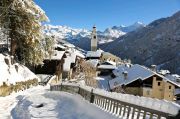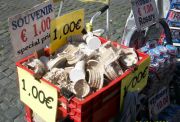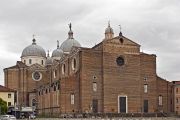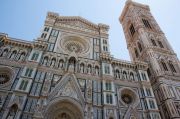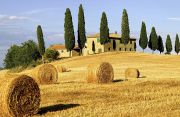Christmas and New Year traditions in Italy
Christmas in Italy is considered to be the most anticipated and favorite holiday. Preparations begin long before it: the inhabitants of the "boot" approach this event with all seriousness. One of the indispensable conditions is the careful observance of local traditions.
Christmas holidays in Italy begin on December 24 and end on January 6, the day of the celebration of Epiphany or Teophany.
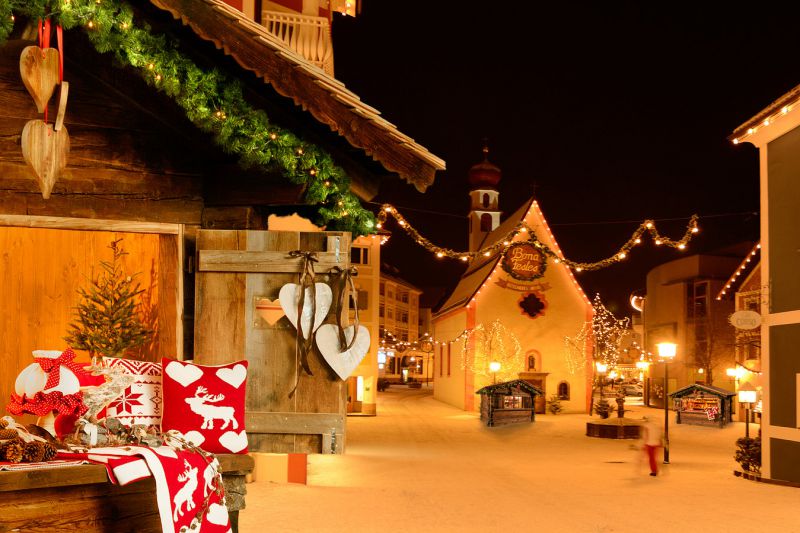 Photo source: bergfex.com. Church of St. Anthony in the commune of Ortisei. Christmas.
Photo source: bergfex.com. Church of St. Anthony in the commune of Ortisei. Christmas.
For Italians New Year is not as important and popular as Christmas. This holiday does not require special piety, young people prefer to have fun in clubs and squares.
In many ways Christmas and New Year in Italy is not much different from other European countries – the same decorated Christmas trees, illumination, holiday treats, gifts. But, nevertheless, there are some features that our readers have to know.
Celebration of Christmas (Natale) in Italy
"Meet Christmas with your family, and Easter – with whom you want" – this saying is known to all Italians and they strictly observe it. The main holiday in Italy is usually celebrated in the circle of relatives and friends.
It is a tradition to clean the house before Christmas and to decorate it. According to a long tradition, it is customary to hang a Christmas wreath at the front door.
On a festive night, exactly at midnight, a Christmas service begins all over Italy. According to the tradition, the mass is obliged to attend all members of the family. In the Vatican, the Pope himself leads the Mass, it takes place in St. Peter's Cathedral and lasts for an hour and a half.
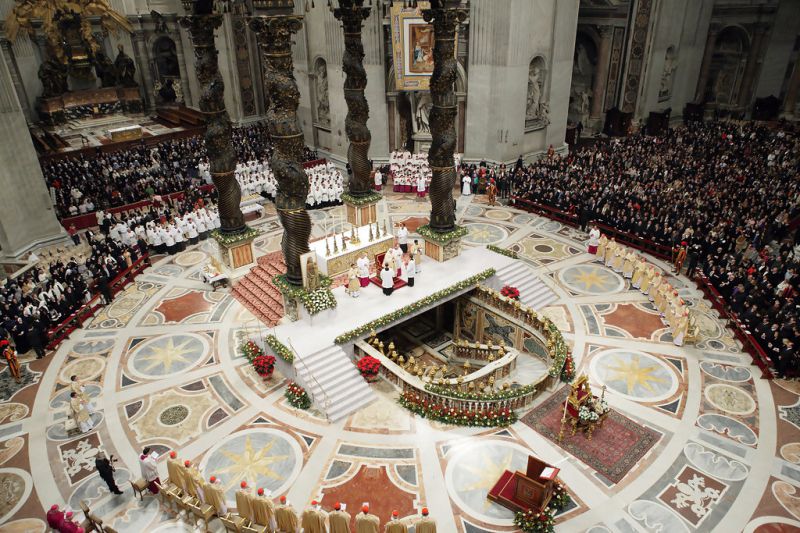 Photo source: zimbio.com. Christmas Mass in St. Peter's Cathedral. 2008 year.
Photo source: zimbio.com. Christmas Mass in St. Peter's Cathedral. 2008 year.
Symbol of Christmas – presepio
In Italy, Christmas is pronounced as Natale, and its main symbol is presepio or a Nativity scene – a composition of figures dedicated to the Nativity of Christ. The central characters are Mary and Joseph, the Kings and, of course, the animals that lived in the crib where Jesus was born. But the figure of the baby is added to the Nativity scene just on December 25 – after he is born.
Italians buy figures and decorations for the Nativity scene in stores, while others make them by themselves, as a result none of the compositions are exactly the same. They look pretty and touching. The most grandiose Nativity scene is set in the Vatican, where all the figures are made in full size.
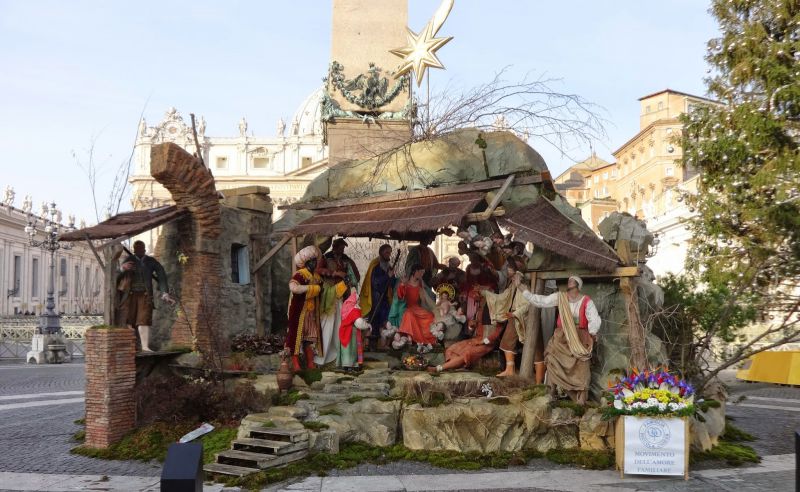 Photo source: adventuresbyaaron.blogspot.com. Christmas Nativity scene in St. Peter's Square. year 2014.
Photo source: adventuresbyaaron.blogspot.com. Christmas Nativity scene in St. Peter's Square. year 2014.
Christmas tree
Italians decorate Christmas tree on December 8, on the day of the Immaculate Conception of the Virgin Mary. In former times in Italy the Christmas tree was not an obligatory attribute of Christmas, the tradition to decorate the green beauty came not so long ago, after the World War II.
Color of the Italian Christmas
The main color of Christmas is red. It is present everywhere, wherever possible – on the tree, on the festive table, in the decoration of housing, in clothing, in gifts. Virtually all houses have a plant poinsettia, with bright red leaves. It is also called a Christmas or Bethlehem star – it's a very beautiful and festive flower, especially loved by Italians.
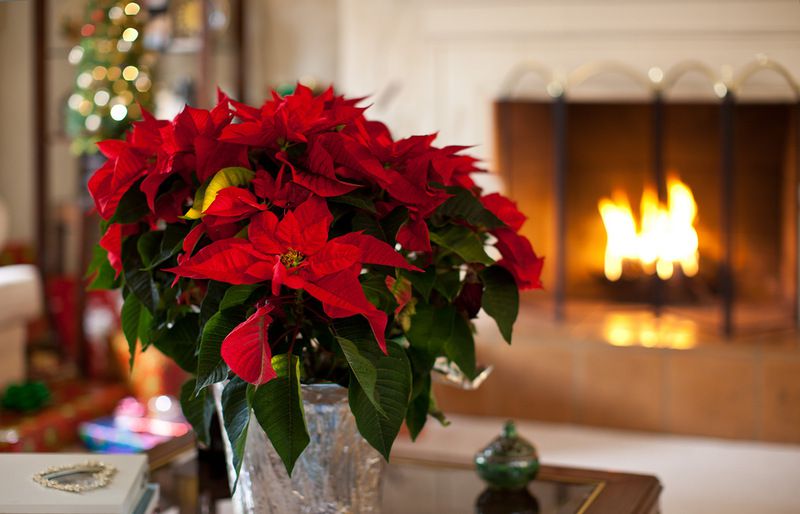 Photo source: liveinternet.ru. Poinsettia.
Photo source: liveinternet.ru. Poinsettia.
Wreaths and garlands of fir branches are decorated with holly branches with red berries.
The Novena prayer
Novenaa is a nine-day prayer that is performed several times a year, but the most sacred takes place before Christmas. Nine days before Christmas, a prayer is made on the rosary, a kind of preparation for the greetings of Jesus. Over time, this religious tradition was slightly changed. These days, children go from house to house and sing traditional Christmas songs, for which they are treated with all sorts of sweets.
Christmas gifts in Italy
Christmas gifts are considered the most important and expected ones. Prudent Italians buy them in advance, often on summer or winter sales, usually for the sake economy.
A few weeks before the holiday in Italy, the "Advent" period begins – traditional Christmas fairs and markets open up and you can buy everything there: products, decorations, sweets, gifts.
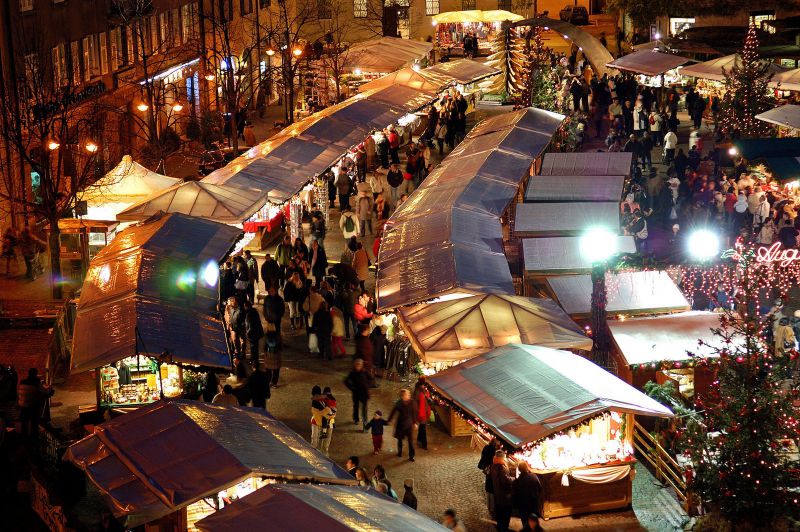 Photo source: presentviaggi.it. Christmas Market in Trento.
Photo source: presentviaggi.it. Christmas Market in Trento.
Adults open presents on December 24, after an evening dinner. Children find their gifts under the tree the next morning, believing that they were put there by Babbo Natale, the Italian Santa Claus. Many Italians follow one nice tradition – to leave a glass of milk or sweets for Babbo Natale.
Another touching tradition: children write letters with words of gratitude to their parents. Children put their messages under a pillow of their father, he casually finds them there and reads them out with his family on Christmas Eve.
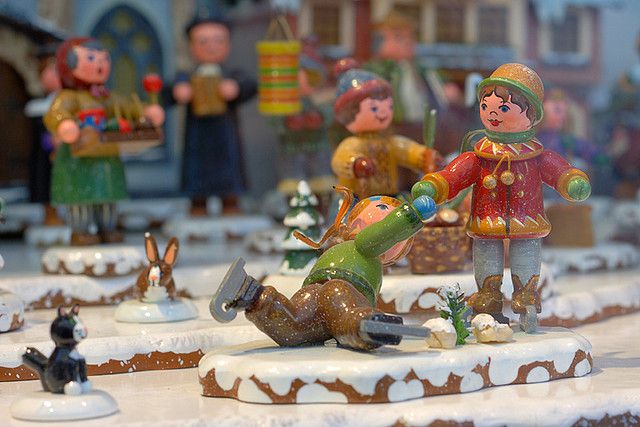 Photo source: yourguidetoitaly.com.
Photo source: yourguidetoitaly.com.
Strangely enough, but adults also write letters to Babbo Natale. In many Italian cities, in large shopping centers or in central stations, Christmas trees are set, where everyone can hang their letter of wishes addressed to Babbo Natale. It all looks very amazing.
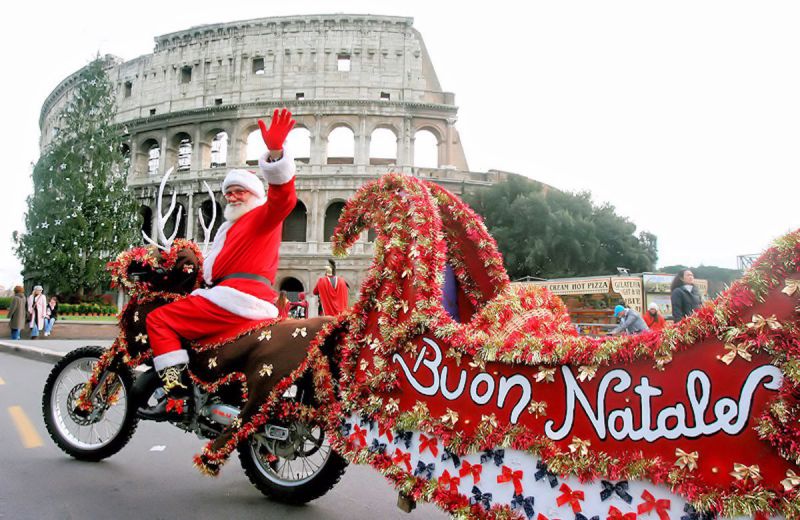 Photo source: formulalubvi.com. Babbo Natale near the Colosseum.
Photo source: formulalubvi.com. Babbo Natale near the Colosseum.
Italian Christmas tradition: a holy log
Traditional holly log is an ordinary log. As a rule, the head of the family brings it in house and sets it on fire. It is supposed to burn till the New Year, in some regions till the Epiphany (January 6). This ancient tradition originated in pagan times.
It is believed that the ritual of burning logs should bring prosperity to the house. Ashes from the log are considered curative, diseases were treated with it, and it protected the home from lightning. Till now many Italians follow this tradition.
This Italian Christmas tradition transferred to cooking: instead of a real log, Italians often cook a Christmas cake in the form of the log, and eat it with appetite.
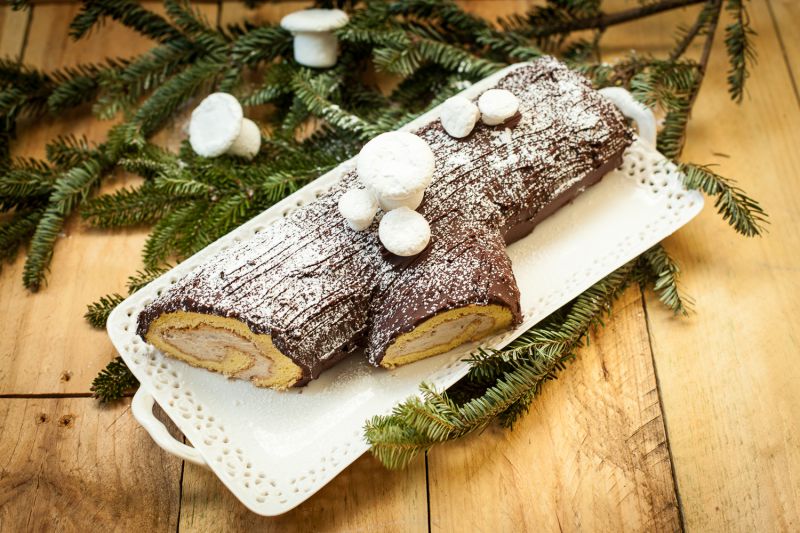 Photo source: dolcefooda.blogspot.com. Christmas cake.
Photo source: dolcefooda.blogspot.com. Christmas cake.
Zampognari – a traditional Christmas attribute in Italy
Christmas in many cities of Italy is celebrated to the sounds of zampognari (bagpipes from goatskin) and caramella (wooden flute). In former times, the shepherds and flutists were the shepherds who descended from the mountains in order to entertain people with Christmas melodies.
Zampognari, the so-called musicians, are dressed in traditional colorful shepherd suits – sheep wool jackets, knee-length trousers, white socks and long black raincoats.
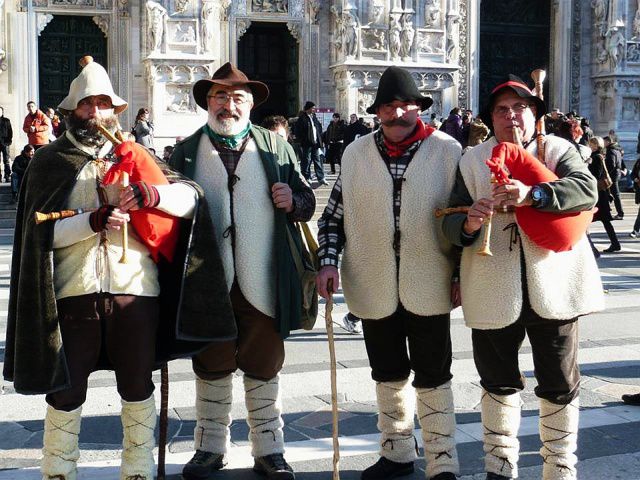 Photo source: italymagazine.com. Zampognari.
Photo source: italymagazine.com. Zampognari.
Christmas dinner
Traditionally throughout Italy, on Christmas Eve, only fish dishes are presented on the tables, this is due to fasting when meat is banned. The next day, December 25, all restrictions are lifted – tables are full with all sorts of dishes.
In different regions of Italy they prepare their special Christmas dishes, often the secrets of their preparation are passed from generation to generation and these dishes are served only at Christmas. But there are also traditional dishes: different pastas, tortellini, stuffed capon (cock), baked turkey, lamb, Italian sausages.
For the dessert they serve traditional Christmas muffins – "panettone" with raisins and candied fruits, as well as "pandoro" (in translation - "golden bread"), sprinkled with powdered sugar. Another traditional delicacy is the "torrona", it is made from egg whites, honey and sugar, raisins, filled with walnuts and hazelnuts, almonds, pistachios.
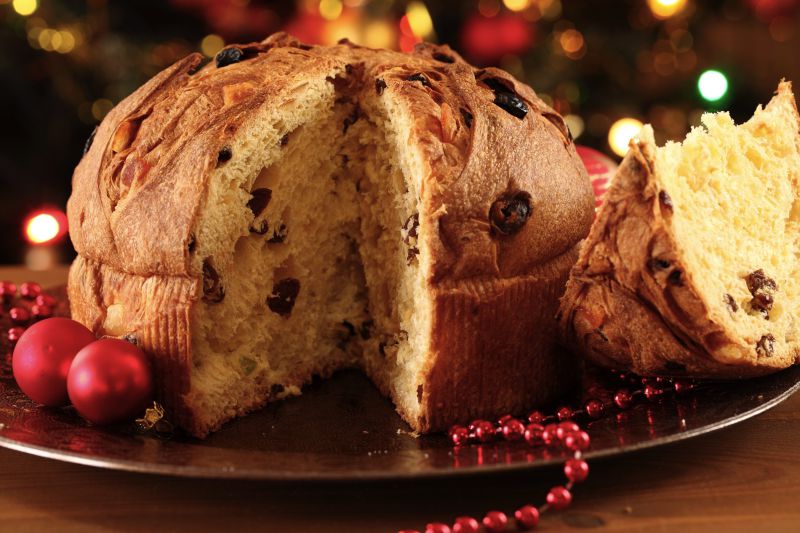 Photo source: artimondo.it. Christmas cake "panettone".
Photo source: artimondo.it. Christmas cake "panettone".
An interesting detail: at Christmas in Italy it is not accepted to serve and eat apples, thus not to remind once again of original sin.
At the end of the meal, families play traditional Christmas games, one of them is called a tobol, the analog of our lotto.
Celebration of the New Year (Capodanno) in Italy
It's a tradition to celebrate New Year in Italy cheerfully and noisily, in a restaurant, club or on the square. If Christmas is a strictly family holiday, then New Year can be celebrated in company with friends at incendiary parties. Many prefer to go out on the city squares, where grandiose New Year performances with music and dances take place. On New Year's Eve all of Italy literally shakes with prolonged fireworks, the leader by their colorfulness is considered to be Naples.
Capodanno in Italian means "the head of the year", yet it is known as St. Sylvester's supper.
It is noteworthy that the Italians do not make New Year's gifts, since they give them away for Christmas.
The celebration of the Italian New Year has its own peculiarities and traditions, some of them may seem quite amusing to you.
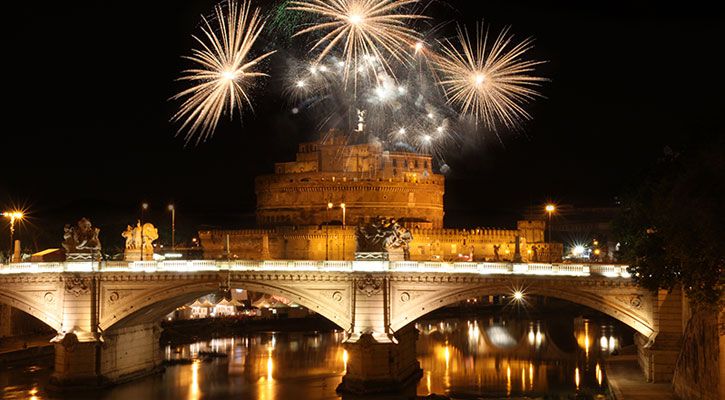 Photo source: firstonline.info. Castle of the Sant’Angelo in Rome. Near the bridge of the Holy Angel.
Photo source: firstonline.info. Castle of the Sant’Angelo in Rome. Near the bridge of the Holy Angel.
Throwing trash
In Italy, there is a tradition to throw away unnecessary things from the windows of your house in the last minutes of the outgoing year. Italians believe that in this way they get rid of the negative energy accumulated over the past year. New Year for them is associated with everything new, so they try to throw away everything old and get something new.
Nowadays the Italians are not as wasteful as they used to be. The likelihood of a chair, sofa or television falling on your head is very small.
12 grapes
Italy can not be imagined without grapes. On New Year's Eve, special hopes are placed on them. Prepared in advance, 12 grapes are eaten one by one with every stroke of the clock. The one who ate the last berry in the first second of the coming year will be lucky. By the way, the Spaniards believe in this too.
After the last stroke of the clock in the room, the lights are turned off and all the guests sitting at the table exchange kisses with each other.
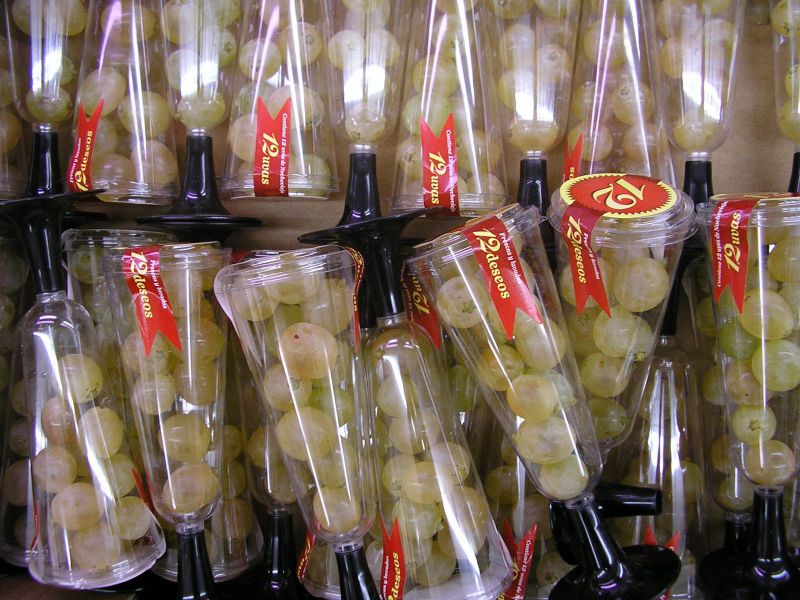 Photo source: funzine.hu.
Photo source: funzine.hu.
Candles and coins
To attract good luck and live in prosperity the whole next year, superstitious Italians lay out coins on the windowsills or light candles.
Red lingerie
Almost all New Year traditions are associated with attracting luck and wealth. Traditionally, it is customary for women and men to wear red underwear for the New Year celebration in Italy. Many people try to find happiness in their personal life in this way.
At this time shop windows are full of red attributes: panties, stockings, socks, underwear and so on. If you follow the tradition, you will be well-off.
 Photo source: matrimonios.cl.
Photo source: matrimonios.cl.
New water
There is a belief that on January 1, you must bring new water into the house. And this must be done before sunset. So the inhabitants of the house are guaranteed to have happiness and luck. Many, going on a visit on the first of January, will certainly take a bottle of water with them – simple and traditional.
The first person you meet
When going out on the street on the first New Year's Day, the Italians are closely watching the passers-by – it is very important for them who they will meet first. It is considered a great success to see a beautiful young girl, if you meet a hunchbacked old man – a rich and happy year is provided for you. A bad sign is to meet a priest.
Lentils and pork
Following the ancient tradition, on New Year's Eve every Italian should try a dish of lentils. It is believed that this will bring prosperity and wealth. Lentils are served with a stuffed pork leg, called zampone, which is also a symbol of well-being.
Pork dishes are obligatory on the New Year's table. Italians consider pigs to be pretty calculating animals that are stubbornly moving towards their goal. Therefore, you must certainly taste pork delicacies.
 Photo source: allecascine.com. Stuffed pork leg and lentils.
Photo source: allecascine.com. Stuffed pork leg and lentils.
January 1
When leaving the house on January 1, Italians put money in their pocket. So they hope that the whole next year will pass without money problems.
Fairy Befana
Celebrations in Italy do not end with New Year's Eve. Everyone eagerly waits for the day of the celebration of Epiphany, or Teophany. Particularly happy about this event are the children, they are waiting for the appearance of the good fairy Befana.
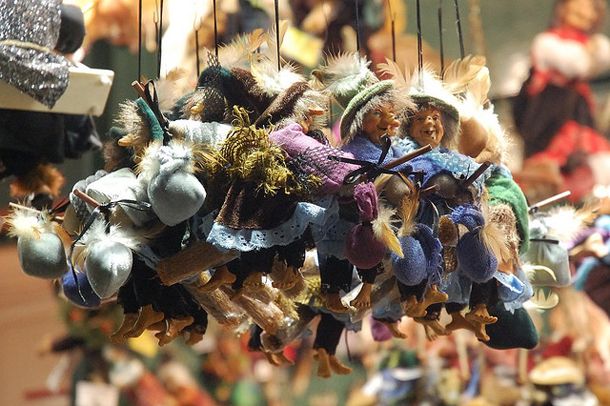 Photo source: travel.smart-guide.net. Toy fairy Befana.
Photo source: travel.smart-guide.net. Toy fairy Befana.
The fact that she looks like an old woman with a hooked nose, dressed in leaky and dirty clothes and flies on a broom, does not bother children at all. On the contrary, they just adore her. And all because of the fact that on the night of 5 to 6 January, the fairy Befana distributes gifts to children. Floating into the house through the chimney, she puts sweets and gifts into stockings. If the child was disobedient and behaved badly, then he will receive embers. So the children have the incentive to behave with dignity throughout the year.
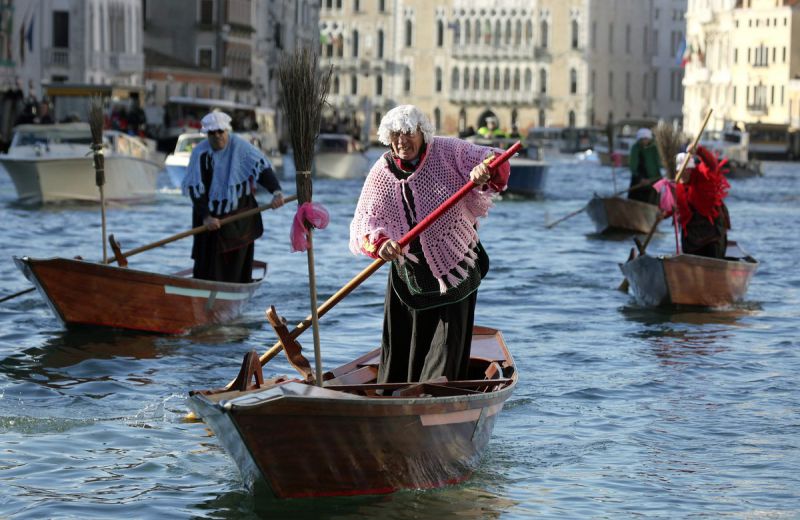 Photo source: news.furt.at. Swim in the boats on the day of the Epiphany celebration. Grand Canal in Venice.
Photo source: news.furt.at. Swim in the boats on the day of the Epiphany celebration. Grand Canal in Venice.
These are not all traditions and customs of the Italian Christmas and New Year. Each province has its own peculiarities of celebration. In order to understand and see all of this, go to Italy. Only there, surrounded by emotional Italians you will fully enjoy the spirit of the Christmas holidays.




